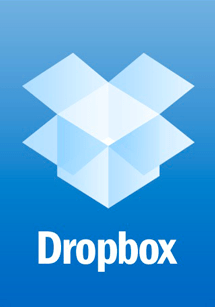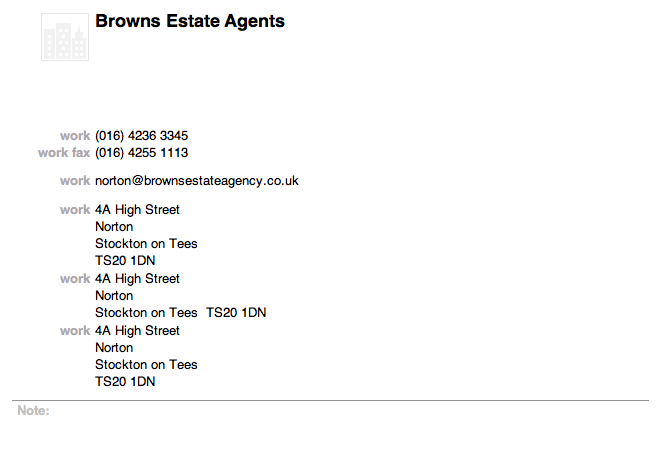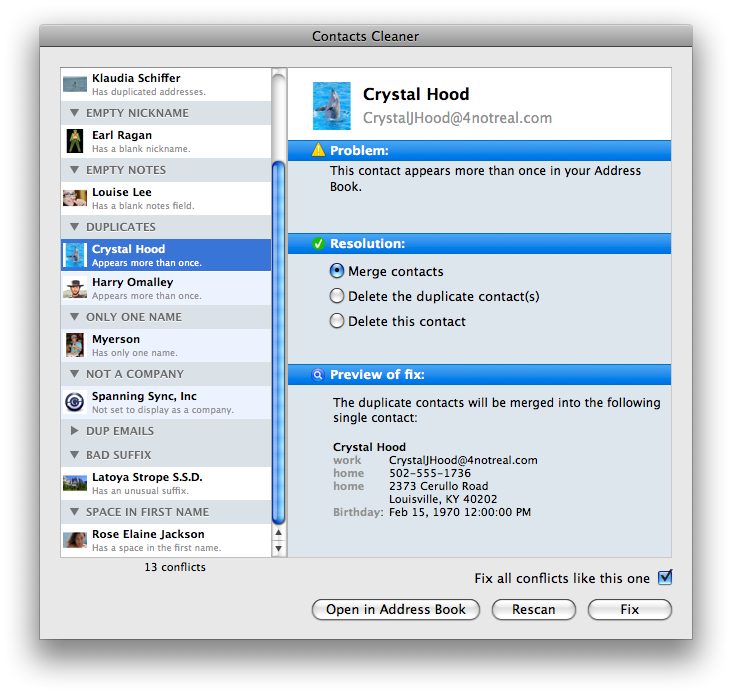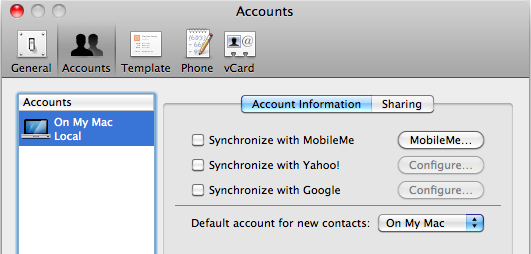So in my previous posting “Poking a hornets nest” I had to deal with a dead XP box at a clients. Fortunately for me I had moved the company files over to dropbox a couple of weeks prior. So when this computer went down I knew not only did I have copies of their files independently on two other computers I had a copy too.
After a comprehensive check of the other PC in the office I established that the virus had not spread, I have to say I did have some concerns that dropbox might make such a spread easier, but fortunately for the moment virus writers haven’t seemed to cottoned on to this method of transferring viruses! Phew. But I think that this is something they had perhaps better consider as a potential risk in the future.
One of the reasons I spent so much time in attempting to restore this PC rather than wiping and starting again was the accounts files for the company were stored on it and we had been using a service provided to the company for the last couple of years by Barclays Bank called iSure, though Barclays had sold them an unlimited account, it’s primary purpose was to backup the accounts files.
Not only was there limited documentation in their business subscription pack telling you what to do when a disaster, like the one we were experiencing, happened, an hour or two worth of phone calls to their support line (where I had to give limited security information (it would be very easy to fake)) I managed to log onto their site and find the files we needed.
Unfortunately although the computer was left on 24/7 so that backups could run twice daily and it had gone down on a Friday morning, the most recent copy of the accounts they had was from the three days earlier. So to save having the work done that week have to be repeated, as well as the lost days, I had to recover the data from the hard drive that had been affected.
If we had been relying on this to backup the company’s main set of files, some 30,000 files or so they would all have had to have been checked for validity. And though files might not be changed on a daily basis we would have needed to check just to be sure. Though I had to rescue the account files, with the others once my re-install was complete I just added the new computer and hey presto the files downloaded. Genius.
I’m a small business consultant enabling small business owners to achieve sustainable growth, whilst working part-time at Tees Valley Arts. For more about me personally see peterneal.co.uk









